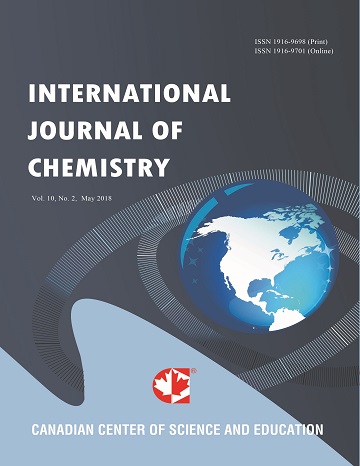Analysis of Volatile Compounds in Food and Cosmetic, Using the Purge and Trap Injector Coupled to a Gas Chromatograph with Photo Ionization Detector
- Yunfang Zhao
- Sheming Lua
- Chunbo Liu
- Zhaoyu Meng
- Chaomin Ni
- Qiu’e Cao
- Mingming Miao
Abstract
A method was developed to analyze volatile organic compounds (VOCs) in food, beverages and cosmetic samples.VOCs were isolated from a standard solution or samples using a purge-and-trap (PT) system and identified and
quantified by a gas chromatograph with Photo Ionization Detector (GC–PID). The experimental conditions were
optimized and the performance of the system was evaluated. Linear calibration curves were obtained with correlation
coefficients of at least 0.9981. RSDs were less than 6%. Detection limits, calculated for 5 ml sample volume, ranged
from 0.3056 ng ml-1 for toluene to 7.1373 ng ml-1 for propionaldehyde. The method was successfully applied to the
quantitative analysis of food and cosmetic samples. Propionialdehyde and butyraldehyde were not found in food samples. Benzene and toluene were not detected in wine samples. Acetone was detected in all samples, except two
samples. The method is reliable and is used for routine monitoring in food, beverages and cosmetic.
- Full Text:
 PDF
PDF
- DOI:10.5539/ijc.v2n1p55
Index
Contact
- Albert JohnEditorial Assistant
- ijc@ccsenet.org
